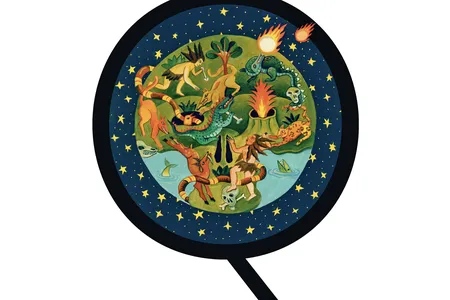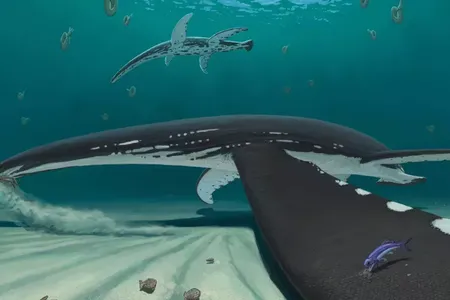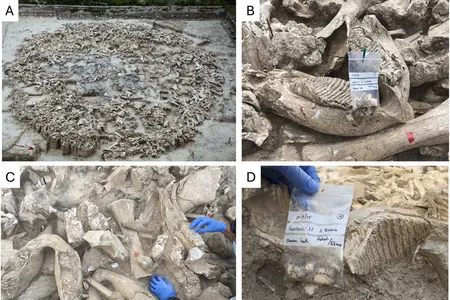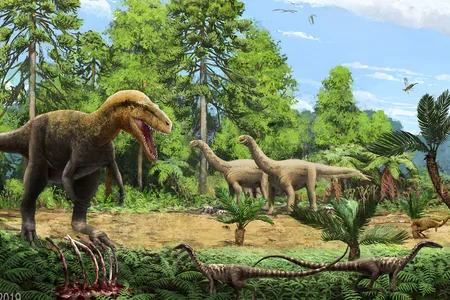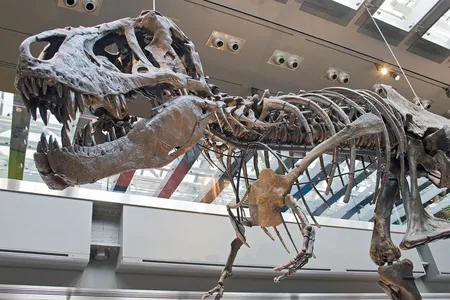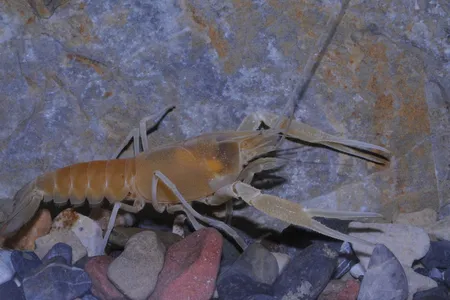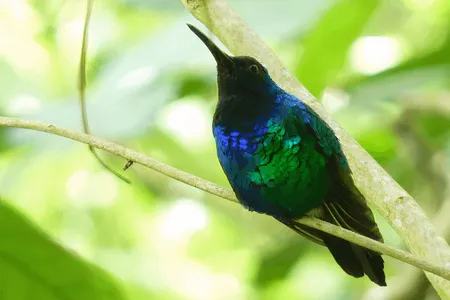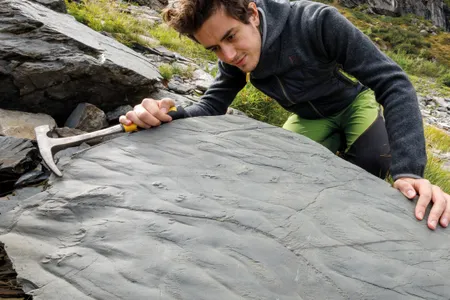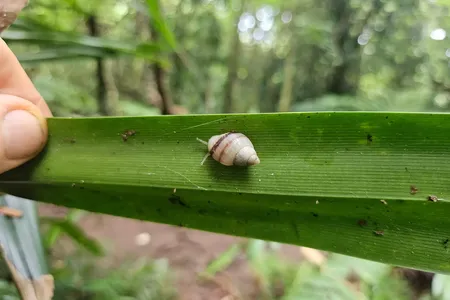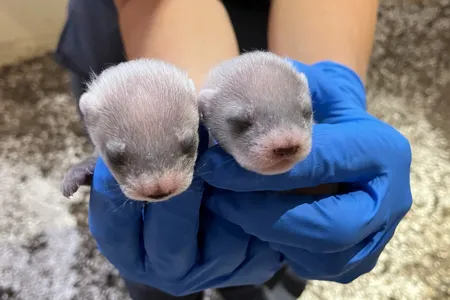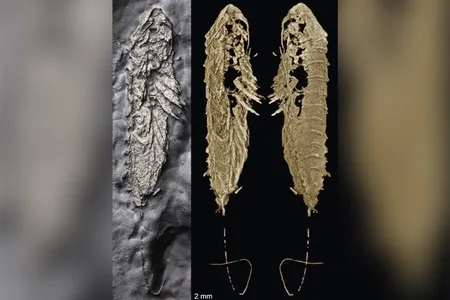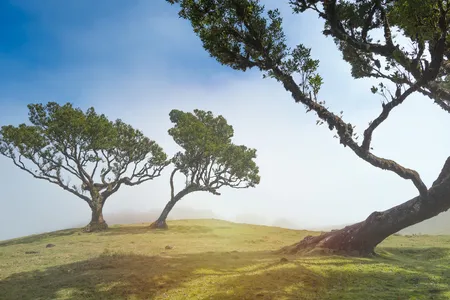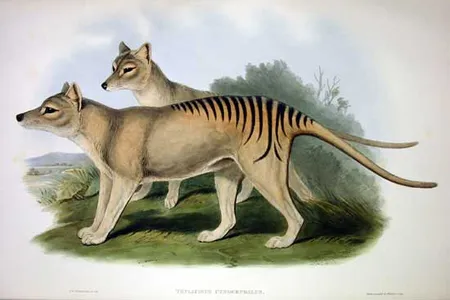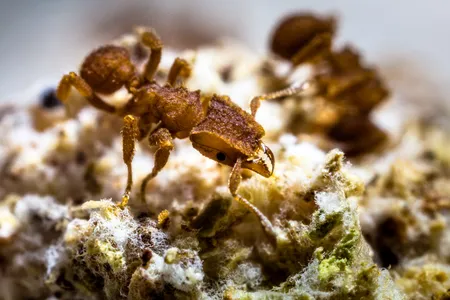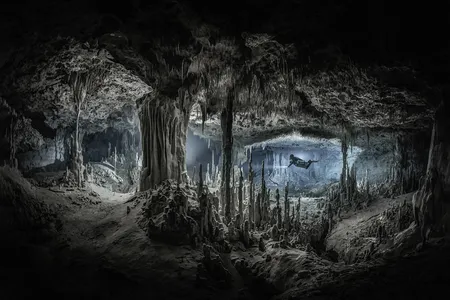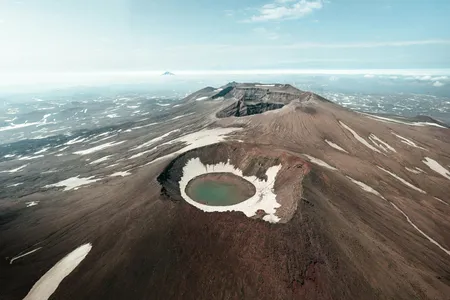Are Humans the Only Species to Drive Others to Extinction? And More Questions From Our Readers
You’ve got questions. We’ve got experts
Rare Fossil of 183-Million-Year-Old ‘Sea Monster’ Reveals Both Smooth and Scaly Skin
For the first time, scientists have completed an in-depth analysis of fossilized soft tissues from a plesiosaur
Mammoth Bones Used to Build Mysterious 25,000-Year-Old Site in Russia Came From Different Herds
DNA and radiocarbon dating analyses of the bones are offering new insights into the ambitious Ice Age site constructed by hunter-gatherers
How a Mass Extinction Driven by Ancient Volcanoes Led to the Age of the Dinosaurs
Roughly 201 million years ago, drastic changes extinguished many forms of life and led to conditions that allowed the terrible lizards to thrive
Everything You Want to Know About the Sex Lives of Dinosaurs, From Scratching the Ground to Battling With Horns
By evaluating fossils, scientists are learning what creature features may have been used to attract mates and fight off sexual competitors
Freshwater Animals Are More Fragile Than Thought, With Nearly a Quarter Threatened With Extinction, Study Finds
Species in Lake Victoria, Lake Titicaca, Sri Lanka’s Wet Zone and the Western Ghats of India are particularly vulnerable to the effects of agriculture, human infrastructure and climate change, per the paper
Dedicated Scientists and Birdwatchers Tracked Down These Five ‘Lost’ Birds
A worldwide search party is using 21st-century tools to uncover long-unseen species, one of which hadn’t been found since the 19th century
Italian Hiker Discovers Animal Tracks From a Time Before Dinosaurs, Hinting at a Prehistoric Ecosystem
Revealed by melting snow in the Alps, the imprints in rock were left by reptiles and amphibians during the Permian period, which ended with the world’s largest mass extinction
These Tiny Snails Are Breeding in the Wild for the First Time in 40 Years in French Polynesia
During a release of captive-bred snails in September, researchers discovered wild-born individuals from the Partula tohiveana species—which had been considered extinct in the wild—marking a huge milestone in a global effort to save them
A Cloned Ferret Has Given Birth for the First Time in History, Marking a Win for Her Endangered Species
Antonia, a cloned black-footed ferret at the Smithsonian’s National Zoo and Conservation Biology Institute, has produced two healthy offspring that will help build genetic diversity in their recovering population
Scientists Reveal Rare 450-Million-Year-Old Arthropod Fossil Preserved in Glittering Fool’s Gold
The critter found in New York represents a new, extinct species of arthropod that could shed light on the evolution of today’s insects, crustaceans and spiders
More Than One in Three Tree Species Around the Globe Are at Risk of Disappearing, New Report Finds
An assessment from the International Union for Conservation of Nature paints a grim picture of the extinction risk of the world’s trees
A 110-Year-Old Pickled Thylacine Head Helped Build the Most Complete Ancient Genome to Date, Says ‘De-Extinction’ Company
Colossal Biosciences reports it extracted DNA and RNA from the Tasmanian tiger specimen, a key step forward in its effort to create a modern proxy of the extinct species. Other scientists are calling for data to back up the claim
These Are Americans’ Biggest Fears in 2024, as the Country Is ‘Becoming More Afraid’
Government corruption, loved ones becoming ill or dying, cyberterrorism and nuclear weapons topped the list of Chapman University’s annual survey
A Massive, Mysterious ‘Ghost’ Fish, Feared Extinct for Nearly 20 Years, Has Been Rediscovered in Cambodia
The giant salmon carp was formally identified in 1991, and since then, fewer than 30 individuals had been documented
Admire the World’s Largest Collection of Fossilized Poop at the New ‘Poozeum’ in Arizona
Owner George Frandsen has some 8,000 coprolites from dinosaurs, sharks and other creatures
Could Anyone Bring an Extinct Animal Back to Life? And More Questions From Our Readers
You’ve got questions. We’ve got experts
Ants Farmed Fungi in the Wake of Dinosaurs’ Demise 66 Million Years Ago
A new study from Smithsonian scientists analyzes ant and fungus species, and uncovers the origins of their close partnership
Divers in Mexico’s Underwater Caves Get a Glimpse of Rarely Seen Artifacts, Fossils and Human Remains
Cenotes in the Yucatán Peninsula are time capsules preserving remnants of Maya culture and fossils of extinct megafauna
Extinct Volcanoes May Be an Untapped Source of Rare Metals
Unexplored iron-rich magma could help power current and future technologies
Page 2 of 20
